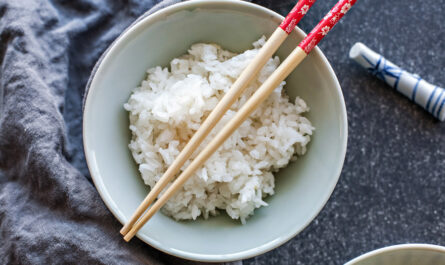When embarking on the journey of sushi-making, selecting the appropriate cutting board is paramount. Different types of cutting boards for sushi prep offer unique benefits, impacting not just the ease of preparation, but also the quality of the finished product. This article aims to unravel the intricacies of selecting the perfect cutting board for your sushi endeavors.

The Importance of Choosing the Right Cutting Board
The right cutting board can significantly influence your sushi preparation experience. It not only affects the convenience but also ensures the sushi is prepared with precision and hygiene. Whether you’re a novice or a seasoned sushi chef, knowing which cutting board to choose can make all the difference.
Material Matters: Wood, Plastic, and Bamboo
Wooden Cutting Boards
Wooden cutting boards are a classic choice for many culinary tasks. They are gentle on the knives, preserving their sharpness longer. However, it is crucial to maintain them properly to avoid moisture retention, which can lead to bacterial growth.
Plastic Cutting Boards
Plastic cutting boards are prized for their affordability and ease of cleaning. Being dishwasher safe, they offer a convenient option for many. Yet, they often show cut marks, which can harbor bacteria.
Bamboo Cutting Boards
Bamboo cutting boards are an eco-friendly option growing in popularity. They are durable and provide a hard surface; however, they can be harsh on knife edges if not maintained correctly.
Size and Thickness Considerations
Choosing the size and thickness of your cutting board can also impact your sushi-making process. Aboard that’s too small can make rolling sushi cumbersome, while a very thick board might be challenging to store.
End Grain vs. Edge Grain Boards
End Grain
End grain boards are often considered the premium choice for sushi preparation. They are durable, self-healing, and gentle on knives. However, they tend to be more expensive.
Edge Grain
Edge grain boards offer a cost-effective alternative. They are sturdy and easier to maintain, though they may show wear more prominently over time.
Innovations in Cutting Board Design
Modern advancements have brought about innovative features in cutting board designs, such as juice grooves, non-slip edges, and even antimicrobial surfaces, enhancing the overall sushi-making experience.
Caring for Your Cutting Board
Maintaining your cutting board is essential for hygiene and longevity. Regularly oiling wooden boards, using a bleach solution for plastic, and avoiding prolonged water exposure for all types are critical steps.
Environmental Considerations
As sustainability becomes a pressing concern, bamboo and other renewable resources offer appealing alternatives for environmentally conscious sushi enthusiasts.
Frequently Asked Questions
What is the best material for a sushi cutting board?
The best material largely depends on personal preferences and specific needs, with wood, plastic, and bamboo each offering unique advantages.
How do I maintain my cutting board?
Maintaining a cutting board involves regular cleaning, proper storage, and in the case of wood, occasional oiling to maintain moisture levels.
Are there cutting boards with added features?
Yes, many modern cutting boards come with features like non-slip edges, juice grooves, and antimicrobial surfaces to improve usability and hygiene.

Conclusion
Choosing the right types of cutting boards for sushi prep is an investment in your culinary journey. Whether prioritizing sustainability, ease of care, or durability, the perfect board awaits to complement your sushi-making endeavors. Enhance your knowledge further on sushi etiquette to fully immerse in the experience.
This article contains affiliate links. We may earn a commission at no extra cost to you.



